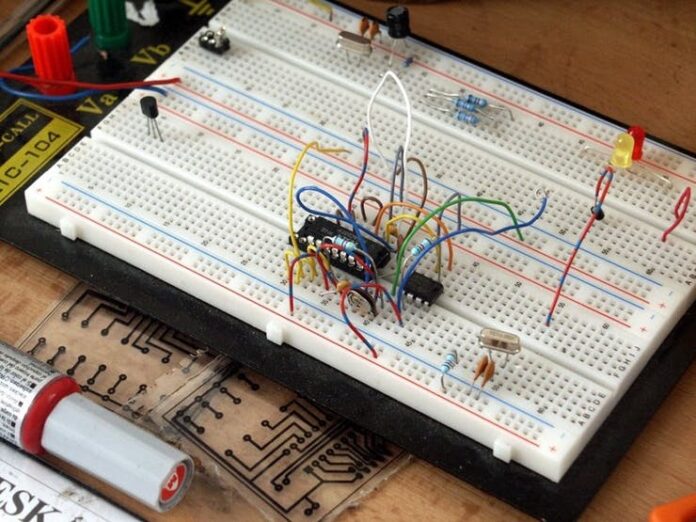
Parts such as wires and electrical wiring harness connectors are only a few things to consider when trying to develop a new product. With the countless new technologies we have nowadays, the field of electronics has advanced miles from where it began when the first electronic device was invented back in 1835.
Today, living without any electronics is unimaginable, and simple day-to-day routines are inundated with gadgets and devices that make our lives easier. Many electronic companies are also seeing a huge market in terms of the demand for newer innovative products in almost every industry. Understandably, this is also why developing your own electronic product is an ideal way to make a name in the business.
Before you get started with developing your own electronic product, there are of course factors and steps that you have to consider. Designing a new product takes time and creativity so if you think that making money when it comes to electronic product development only happens overnight, you may want to reconsider. Jumping right into the production process may risk errors without planning so doing some groundwork is always necessary.
Conduct Feasibility Studies
A feasibility study analyzes not just the product itself but also the economic, legal, and technical aspects of the project. Checking whether you have a marketable product is important to determine future sales.
You might need to ascertain your competitors. If there is less product availability but high demand, then the odds of breaking into the market might be good for you. Competitive research is always an important step especially in finding the right marketing path for your product.
Balancing Simplicity and Complexity
Producing an ingenious product is always the goal when you want to make a name for yourself. However, striking a balance between simplicity and complexity is important when it comes to technology. Having an electronic product that can help perform unique and complex tasks but with simplified operational requirements is essential.
Simplifying technicalities such as button or knob placements might provide economical advantages. Design changes and revisions are completely fine when it comes to achieving the right balance between these two opposing factors. It’s also a great idea to work with engineers and experts to help advise you in terms of how to make your product better.
Don’t Be Afraid to Ask For Help
If you think you have an idea that can completely revolutionize a certain facet of the electronic industry, then there is no harm in developing it by yourself. However, the whole process will really prove to be laborious and methodical. There is a high chance that consulting an engineer or an expert might be necessary. A good example of this situation is when you’re trying to draft the wiring harness design of your product.
A typical unit consists of electrical wiring harness connectors, transistors, relays, and much more. Drafting a schematic design for your wiring system can be more efficient with the help of an electronic engineer. The fabrication process can also be done with the help of a manufacturing company. However, having the most knowledge when it comes to your product is important so that you can completely control the direction of the production process.





